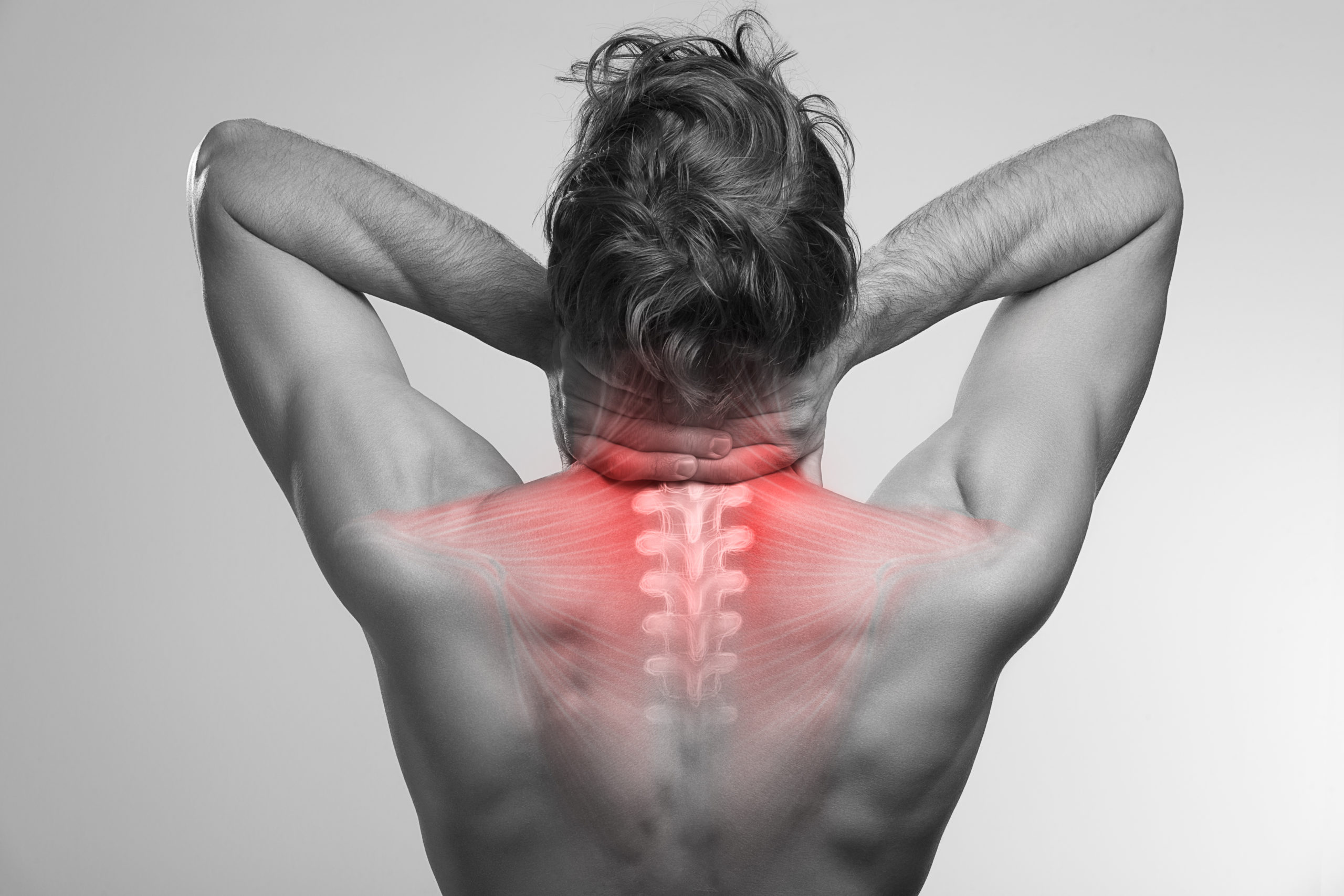Neck and back injuries can profoundly affect individuals physically and emotionally, causing chronic pain and limited mobility that impede daily activities, work, relationships, and financial stability. We’ll examine common causes, long-term effects, daily life impacts, and treatment options to understand better managing and coping with these injuries. Let’s explore further.
What Are Neck and Back Injuries and Their Most Common Causes?
Neck and back injuries encompass damage to the spinal region, ranging from mild strains to severe spinal cord damage, impacting mobility and quality of life. Common causes include sudden trauma from accidents, repetitive motion, poor posture, or aging processes, resulting in symptoms like pain, stiffness, numbness, or weakness. Such discomfort can hinder daily tasks like driving or working. Seeking treatment from specialized centers can manage these conditions and prevent complications. Car accidents falls, and medical conditions like herniated discs contribute to these injuries, emphasizing preventive measures like good posture and proper lifting techniques. Medical attention and legal advice are crucial, particularly in negligence or liability cases.
What Are the Long-term Effects of Neck and Back Injuries?
Long-term effects of neck and back injuries, such as chronic pain, mobility impairment, nerve damage, and muscle weakness, can lead to degenerative changes in the spine, affecting functionality and quality of life. Chronic pain can hinder daily tasks and leisure activities, while mobility impairment limits independence and physical engagement. Nerve damage may cause tingling, numbness, or shooting pains, impacting the affected area and radiating sensations elsewhere in the body.
Chronic Pain: Chronic pain resulting from neck and back injuries can significantly impact daily life, necessitating comprehensive pain management strategies. Exploring various techniques, from medication to alternative treatments like acupuncture, is crucial for improving quality of life.
Limited Range of Motion: Limited range of motion is a significant consequence of neck and back injuries exacerbated by degenerative conditions. Physical therapy is crucial in restoring optimal movement and addressing challenges like driving or bending.
Nerve Damage: Nerve damage from these injuries can lead to persistent pain and weakness, sometimes requiring surgical intervention to alleviate symptoms. Early treatment is essential to prevent further deterioration and improve well-being.
Muscle Weakness: Muscle weakness, common after such injuries, affects strength and functional abilities and requires comprehensive rehabilitation programs for recovery. Addressing weakness is crucial for regaining independence and daily functioning.
Post-traumatic Arthritis: Post-traumatic arthritis, a potential outcome, brings joint pain and stiffness, impacting daily activities. Seeking legal advice is vital for navigating such conditions and securing appropriate compensation.
Emotional and Psychological Impact: Neck and back injuries also affect emotional well-being, requiring support beyond physical treatment. Seeking legal support helps address mental health aspects and ensures holistic recovery.
How Do Neck and Back Injuries Affect Daily Life?
Neck and back injuries profoundly affect daily life, imposing functional limitations and hindering occupational tasks. Residents of Boise, ID, facing such challenges may seek legal counsel for guidance. Routine movements like bending or lifting become arduous, disrupting activities like driving or sleeping and diminishing quality of life. In the workplace, reduced mobility and chronic pain can impede job performance, leading to missed career opportunities and financial stability, impacting overall well-being.
Neck and back injuries pose challenges in daily tasks, necessitating specialized rehabilitation for improved functionality. Tasks like lifting or sitting become painful, but rehab helps regain strength and prevent further harm. In the workplace, these injuries can lead to disabilities affecting career prospects. Understanding disability rights is crucial for job accommodation and compensation. These injuries strain relationships, requiring open communication and support from healthcare and legal advisors. Financially, medical bills and lost wages create burdens, prompting legal assistance to navigate compensation and treatment costs.
How Can Neck and Back Injuries Be Treated?
The treatment of neck and back injuries often involves a comprehensive approach, including physical therapy, medication management, and sometimes surgery. Rehabilitation plans are tailored to the individual’s needs, focusing on restoring mobility and function. Therapists utilize various techniques to alleviate pain and improve strength. Customized plans consider factors like age and lifestyle. Additional therapies like aquatic therapy or chiropractic care may be included. Physical therapy not only aids in recovery but also prevents future issues by addressing the root causes of pain and dysfunction.
Physical Therapy: Physical therapy aims to improve mobility, reduce pain, and enhance functionality for neck and back injuries. Centers like UCLA Health Spine Center offer tailored rehabilitation programs, including stretching, strength training, and manual therapy. Advanced facilities like Johns Hopkins provide cutting-edge treatments such as aquatic therapy, ensuring personalized care.
Medications: Medications manage pain, inflammation, and neck and back injury symptoms. Seeking legal advice from firms like Siegfried & Jensen aids in navigating medication management. Painkillers, anti-inflammatories, muscle relaxants, and nerve pain medications are commonly prescribed. Understanding their side effects, interactions, and dosage is crucial.
Surgery: Surgical intervention addresses severe neck and back injuries. Centers like UCLA Health Spine Center offer advanced options for conditions like compression and instability. Common procedures include discectomy, spinal fusion, and artificial disc replacement. Outcomes vary, with many experiencing pain relief and improved mobility.
Alternative Treatments: Acupuncture, chiropractic care, and yoga complement traditional therapies. These methods promote healing and pain relief. Acupuncture targets specific points, chiropractic care aligns the body, and yoga improves flexibility and reduces stress. Residents seeking holistic approaches can benefit from these options.




